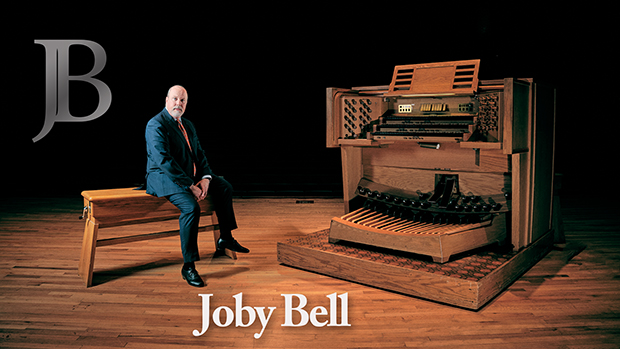Owning a practice organ
 Wednesday, July 14, 2010 at 11:45AM
Wednesday, July 14, 2010 at 11:45AM Being able to practice at home changes everything. I heartily recommend it to all who can afford it, and I recommend it just as heartily to all who can’t. In the particular home in question (mine), the organ sits in a corner with large plate glass windows in both walls. I witness all four seasons passing by as I work in natural daylight. In the summertime, I can get away with wearing pajamas, but when the leaves are off the trees and the neighbors have a better view, I have to dress more conservatively.
My practice organ is digital. Pipes would have been nice, and they would have been stunning in the cathedral ceiling of my living room. But time and money said, “Get a practice organ NOW, not later.” So I did. There are four outboard speakers up on a second-floor landing, and the wooden ceiling and floor are friendly to the sound. The many rugs covering the floors are not acoustic-friendly; enter digital reverb, and all is well.
As it turns out, this particular model has proven very effective as a pedagogical tool. I can bring students over and demonstrate various sounds from various countries, and I can demonstrate various tunings, which gives the students a fresh perspective on early music.
I always knew that owning a practice organ would make things more convenient. (I suppose people who buy exercise equipment for their homes think the same thing. The difference is that a practice organ stands a better chance of actually getting used.) Well, anyway, I did not realize until much later just how much this practice organ has revolutionized my work like nothing else has:
- It gets me out of the students’ practice room at school.
- It keeps school time in perspective. I don’t go to campus now unless I’m teaching.
- It keeps me away from the office during otherwise prime practice time. While I’m on campus, the desk and office beckon, and I must heed their call. But when I leave campus, my life and practice time are mine again.
- I can practice any day, any time.
- Even in the middle of the night, I can plug in headphones so as not to wake Sleeping Beauty.
- Since it’s a practice organ, I’m not tempted to perform for myself. I get more done when I can listen to my playing and not have too much fun listening to the organ.
- The playback sequencer is at the core of productive practice. The organ plays back to me everything I just played, and I can then hear myself through the absolutely impartial ears of a sequencer. Very telling, some things!
With perks like that, it’s worth the money. So everyone go get a practice organ. Three simple rules I’ve learned from experience:
- Doesn’t matter if it’s pipe or digital. All you need for basic practice are two manuals and pedal. Everything else is gravy or can wait until you get to the performance site.
- If presented with the choice between two or four speakers, get four. It ain’t about loudness; it’s about blend and quality of sound.
- If you buy digital, do NOT buy from ANYONE other than your designated regional representative.
Now go practice.
 Joby Bell | tagged
Joby Bell | tagged  Organ at home
Organ at home 
